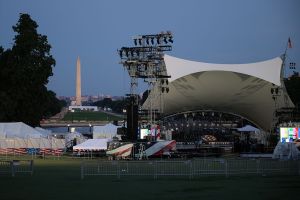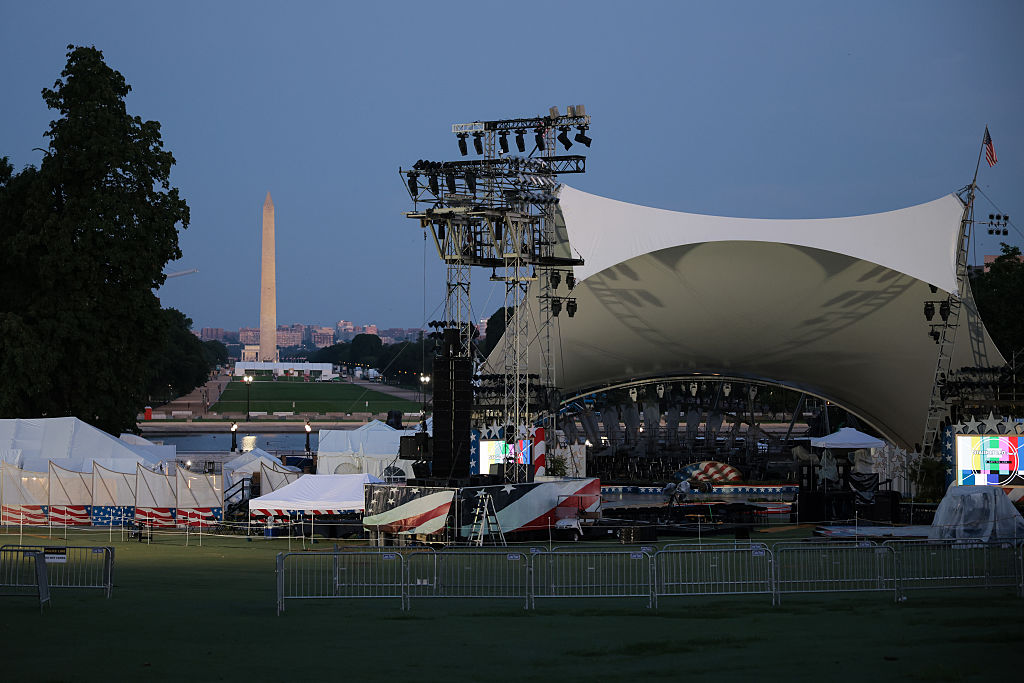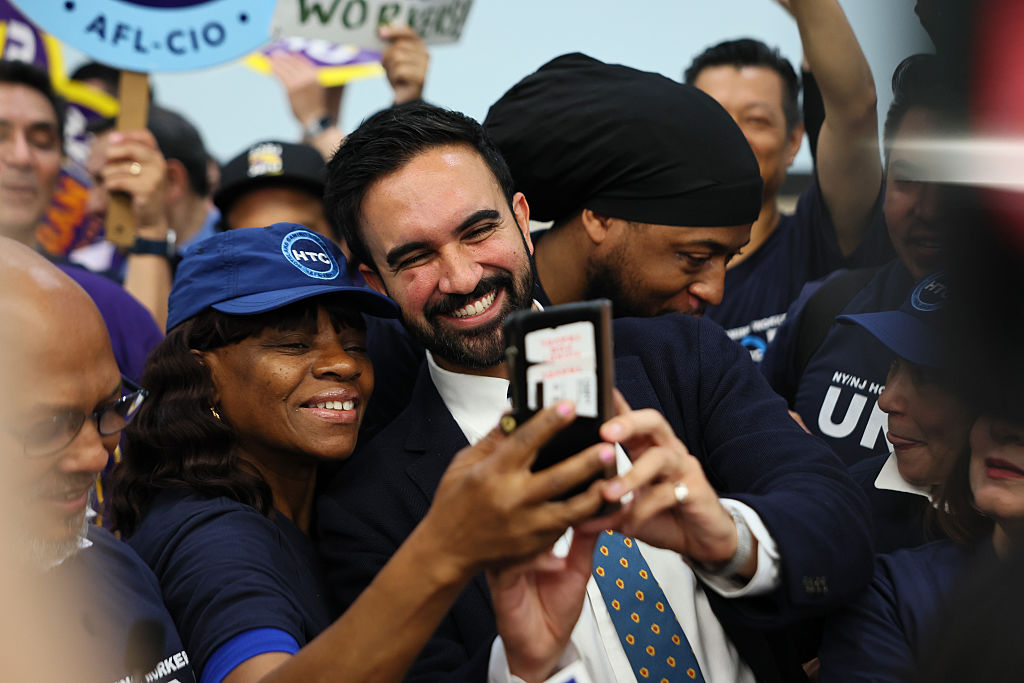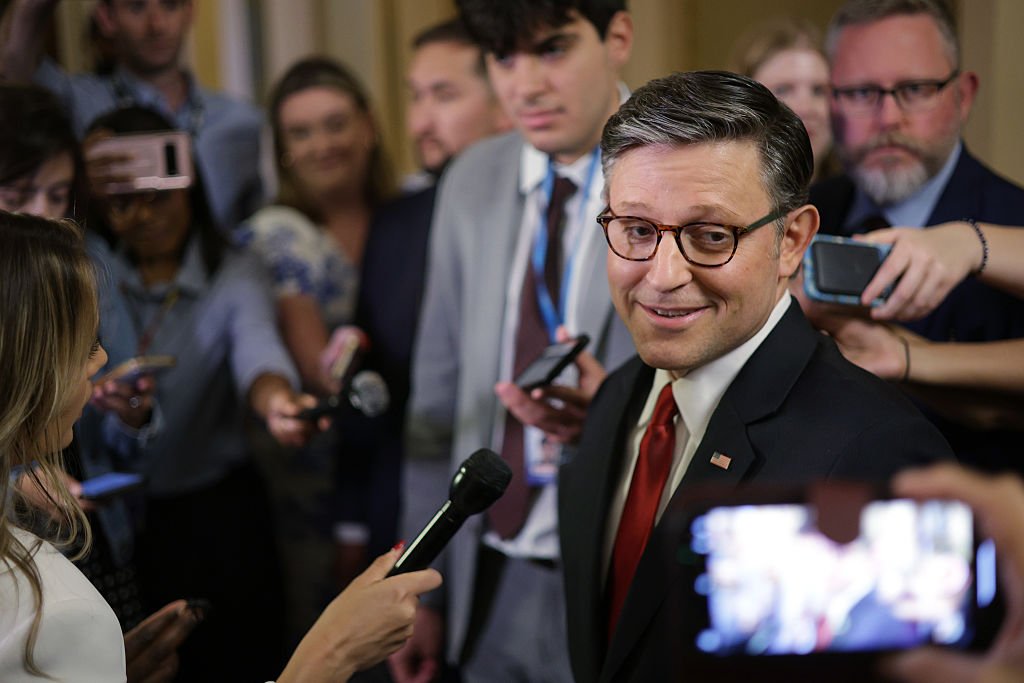In 1983, Soviet spies skulked in our midnight streets to check the lights were out.The Kremlin, convinced the West was planning nuclear war, launched Project RYAN, whereby agents watched for signs of impending attack. One was that lights would burn all night in government buildings, as fiendish mandarins drew up the war plans. It didn’t occur to them that lights might indicate nothing more than cleaners on a late shift. Soviet paranoia was such that they saw menace everywhere, and agents, eager to please Moscow, reinforced this fear. ‘The more alarming the reports, the more the agents were congratulated for their diligence.’ RYAN became self-fulfilling.In an easy, accessible history of that anxious year, Taylor Downing shows how close we came to nuclear war, and underlines the role played by crowd-pleasing rhetoric and ludicrous paranoia.However it was not totally ludicrous to stake out government buildings for signs of Armageddon. There was a secret plan to disperse government prior to a nuclear strike, and if spies had observed clusters of civil servants at the assembly points of Whitehall Place and Richmond Terrace then there could have been no clearer sign that the game was afoot.But you won’t find information about the secret plan here, as this book, although enjoyable, is rather basic. In places it reads like an essay by a fidgety undergraduate trying to pad his word count. We have a map showing us the Iron Curtain, and are given tepid insights, such as the Soviet leaders being ‘deeply worried’ about nuclear war. We tread water with Ronald Reagan’s ‘alluring smile’ and limp Hollywood career; but in paring it back to the essentials we find a clear and useful account of why 1983 almost explodedDétente started to fade when hawks whispered the US was allowing the Soviets to overtake. Someone tough was needed, they grumbled. Enter Reagan. He called the Soviet Union an ‘evil empire’, installed missiles in Western Europe, and destabilised the delicate security offered by MAD with his infamous Star Wars project. The beleaguered Soviets’ absolute dread of a surprise attack added to this tension, the shock of 1941 always being fiercely present. One Kremlin insider remarked: ‘The collective mood of the Soviet leadership has never been so suddenly and deeply set against an American president.’Even when Reagan tried to appear nice, sending friendly handwritten letters to Brezhnev, the State Department redrafted them, so the Kremlin would receive two utterly conflicting messages. Later, psychological operations began where the Americans would test Soviet air defences by flying directly at them, only to peel away at the last minute, leaving them ‘jittery’ and ‘rattled’.This constant aerial taunting prompted a ‘shoot to kill’ policy, leading to the destruction of a civilian airliner which mistakenly entered Soviet airspace. Korean Airlines Flight 007 had the misfortune to stray off course, and when the unidentified plane made no attempt to communicate with the Soviet interceptor or respond to warnings, it was shot down. Every soul perished. Downing makes clear how confused the Soviets were, making desperate attempts to identify, communicate and warn.Despite these frantic efforts, and the American role in prompting ‘shoot to kill’, Reagan and his allies declared the disaster ‘monstrous’ and ‘a crime against humanity’. I nodded in cool agreement when Downing refers to ‘the chorus of Soviet bashers’. Meaningful dialogue between the super-powers had halted since Afghanistan, and there was no attempt to understand one’s opponent. As Rodric Braithwaite, the former British ambassador in Moscow, pointed out in his recent book Armageddon and Paranoia, in the heated ideological atmosphere of the Cold War, empathy might be confused with sympathy, and so your opponent was painted as evil — a reassuringly distant cartoon villain.Tensions continued to build throughout 1983, reaching their most dangerous point one November night when the Soviet nuclear arsenal was put on its highest alert. Nato was carrying out a supremely realistic war game, ABLE ARCHER, and the Soviets were listening in to the radio chatter ‘with increasing concern’. When new codes were used, and radio silence fell, they feared the game was cover for a real attack. ‘To a paranoid KGB hierarchy, this looked like the countdown to nuclear war.’ When the Nato commander spotted their alert status he refused to react. He stayed cool, the Soviets stood down and we’re still here today.This book, although lacking deep insights or substantial new material, draws useful parallels between now and then: both eras have an American president with scant regard for the logic of deterrence, who indulges in careless language, and holds little understanding of his enemy; and both had a volatile Russia/USSR who sees enemies everywhere. Fortunately, Reagan changed his tone, and the change was met by Gorbachev. What astonishing luck we had. How much longer can we rely upon it?
Did Ronald Reagan almost spark a nuclear war?
In 1983, Soviet spies skulked in our midnight streets to check the lights were out.The Kremlin, convinced the West was planning nuclear war, launched Project RYAN, whereby agents watched for signs of impending attack. One was that lights would burn all night in government buildings, as fiendish mandarins drew up the war plans. It didn’t…
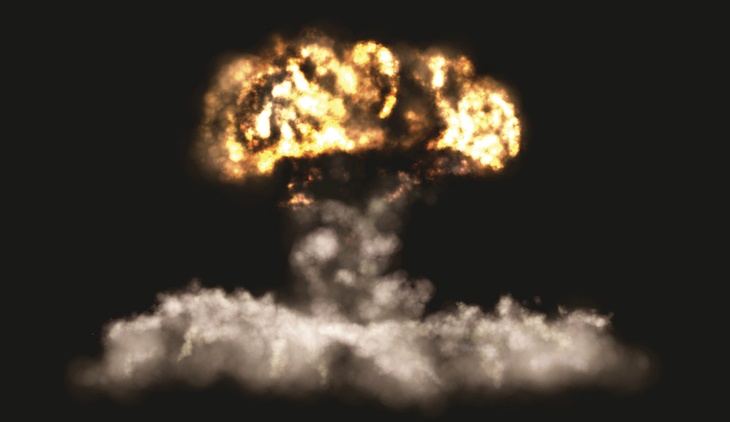
In 1983, Soviet spies skulked in our midnight streets to check the lights were out.The Kremlin, convinced the West was planning nuclear war, launched Project RYAN, whereby agents watched for signs of impending attack. One was that lights would burn all night in government buildings, as fiendish mandarins drew up the war plans. It didn’t occur to them that lights might indicate nothing more than cleaners on a late shift. Soviet paranoia was such that they saw menace everywhere, and agents, eager to please Moscow, reinforced this fear. ‘The more alarming the reports, the more…










